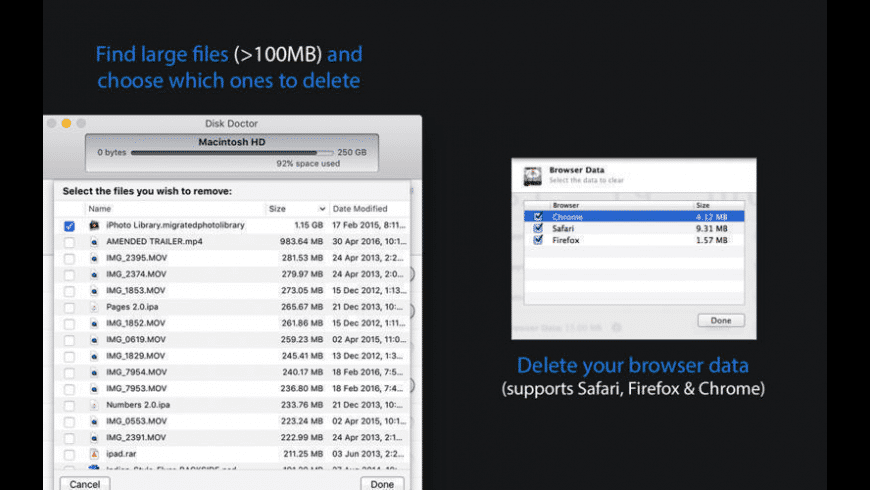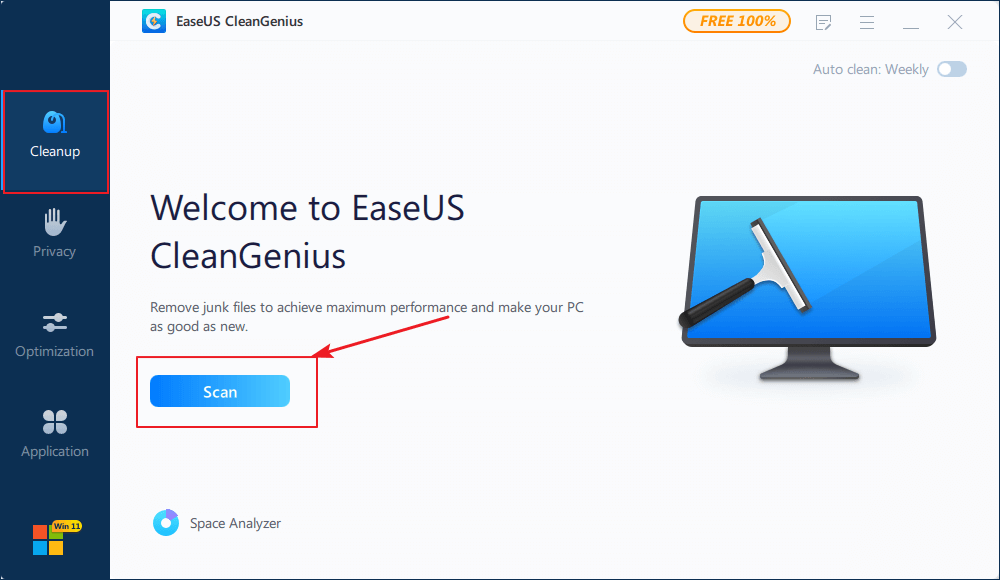Disk Utility can find and repair errors related to the formatting and directory structure of a Mac disk. Errors can lead to unexpected behavior when using your Mac, and significant errors might even prevent your Mac from starting up completely.
Disk Doctor now features a totally new UI design with full Retina and Touch Bar support! Let us know what other functionality you want added for the next version by emailing us! What’s New in Version 3.5.2. Disk Doctor scans your Mac, then removes unwanted files to reclaim much-needed space on your hard drive. With a straightforward interface and a nice set of features, Disk Doctor makes cleaning up. Use Disk Doctor to find and remove tons of unneeded files from your Mac within minutes. All it takes is a few clicks and the app will handle everything else. It's now easier than ever to free up gigabytes of space from your hard drive. View on App Store. The download version of Disk Doctor PRO for Mac is 1.1. Each download we provide is subject to periodical scanning, but we strongly recommend you check the package for viruses on your side before running the installation. The download is provided as is, with no modifications or changes made on our side. Disk Doctor PRO antivirus report. Disk Drill is not only about Mac data recovery. It's also packed with useful disk tools for all data professionals and home users. The following extra tools are free and packed in Disk Drill right out-of-the-box. There’s no need to buy more apps to clean up your Macintosh, find duplicates on your hard drive, backup your data, or monitor your.
Before proceeding, make sure that you have a current backup of your Mac, in case you need to recover damaged files or Disk Utility finds errors that it can't repair.
Open Disk Utility
Start up from macOS Recovery, then select Disk Utility from the Utilities window. Click Continue.
If you're not repairing the disk your Mac started up from, you don't need to start up from macOS Recovery: just open Disk Utility from the Utilities folder of your Applications folder.

Locate your disk in Disk Utility

Choose View > Show All Devices (if available) from the menu bar or toolbar in Disk Utility.
The sidebar in Disk Utility should now show each available disk or other storage device, beginning with your startup disk. And beneath each disk you should see any containers and volumes on that disk. Don't see your disk?
In this example, the startup disk (APPLE HDD) has one container and two volumes (Macintosh HD, Macintosh HD - Data). Your disk might not have a container, and it might have a different number of volumes.
Repair volumes, then containers, then disks
For each disk that you're repairing, start by selecting the last volume on that disk, then click the First Aid button or tab.
In this example, the last volume on the disk is Macintosh HD - Data.
Click Run to begin checking the selected volume for errors.

- If there is no Run button, click the Repair Disk button instead.
- If the button is dimmed and you can't click it, skip this step for the item you selected, and continue to the next item.
- If you're asked for a password to unlock the disk, enter your administrator password.
After Disk Utility is done checking the volume, select the next item above it in the sidebar, then run First Aid again. Keep moving up the list, running First Aid for each volume on the disk, then each container on the disk, then finally the disk itself.
In this example, the repair order is Macintosh HD - Data, then Macintosh HD, then Container disk2, then APPLE HDD.
Norton Disk Doctor For Mac
If Disk Utility found errors that it can't repair
If Disk Utility found errors that it could not repair, use Disk Utility to erase (format) your disk.
If your disk doesn't appear in Disk Utility
If Disk Utility can't see your disk, it also can't see any containers or volumes on that disk. In that case, follow these steps:
Disk Doctor System Cleaner
- Shut down your Mac, then unplug all nonessential devices from your Mac.
- If you're repairing an external drive, make sure that it's connected directly to your Mac using a cable that you know is good. Then turn the drive off and back on.
- If your disk still doesn't appear in Disk Utility, your disk or Mac might need service. If you need help, please contact Apple Support.
